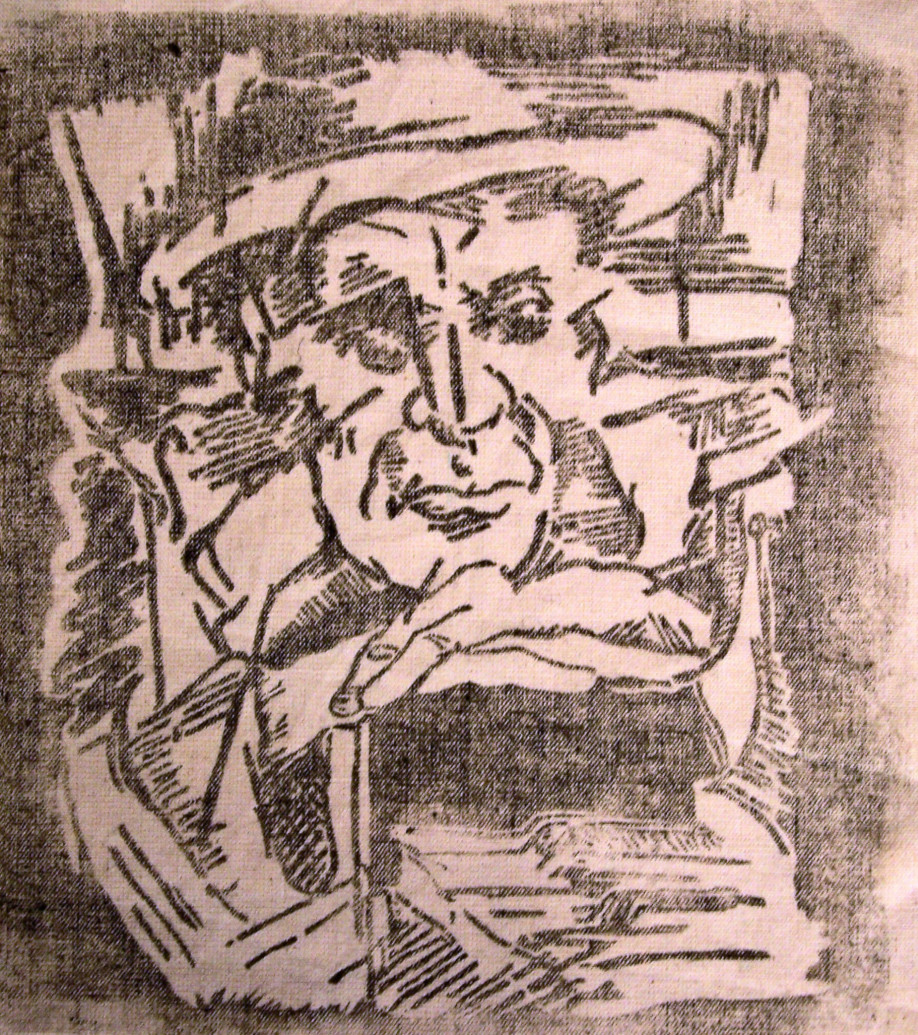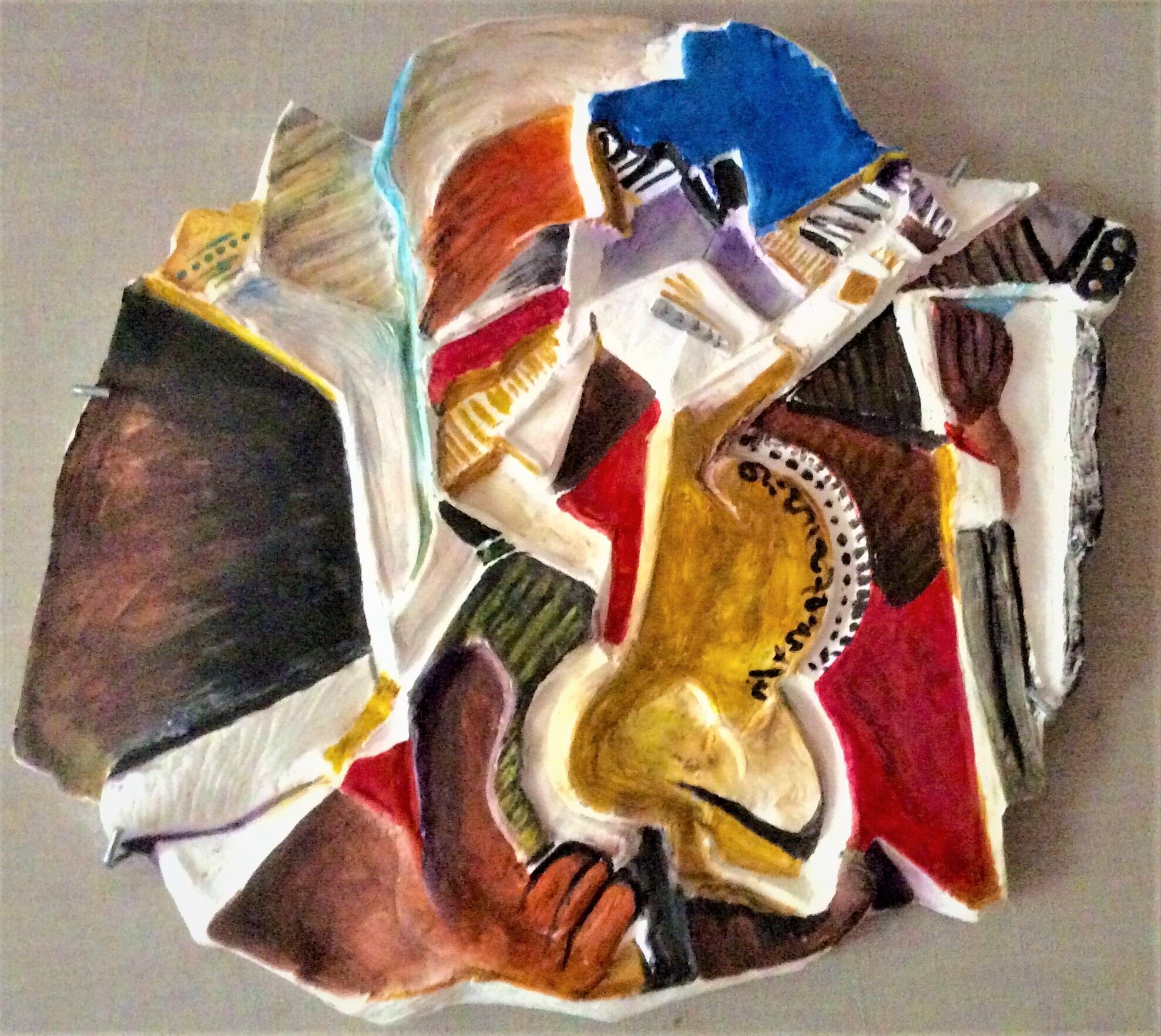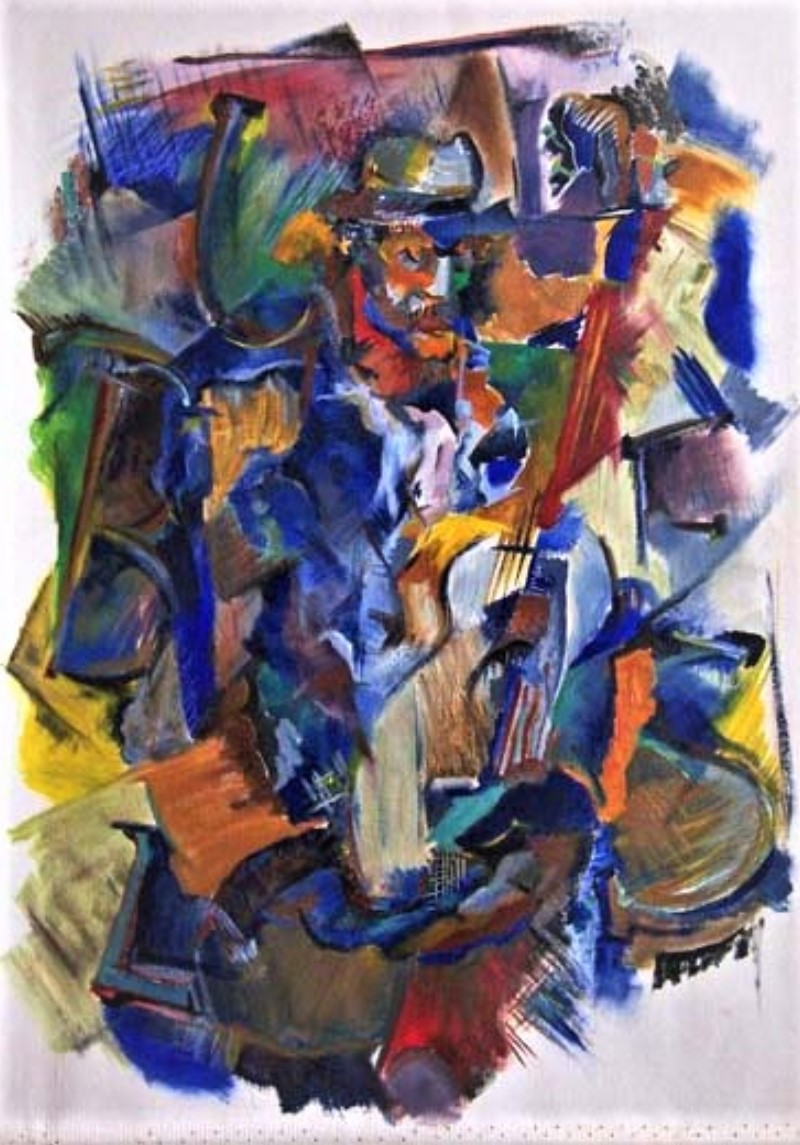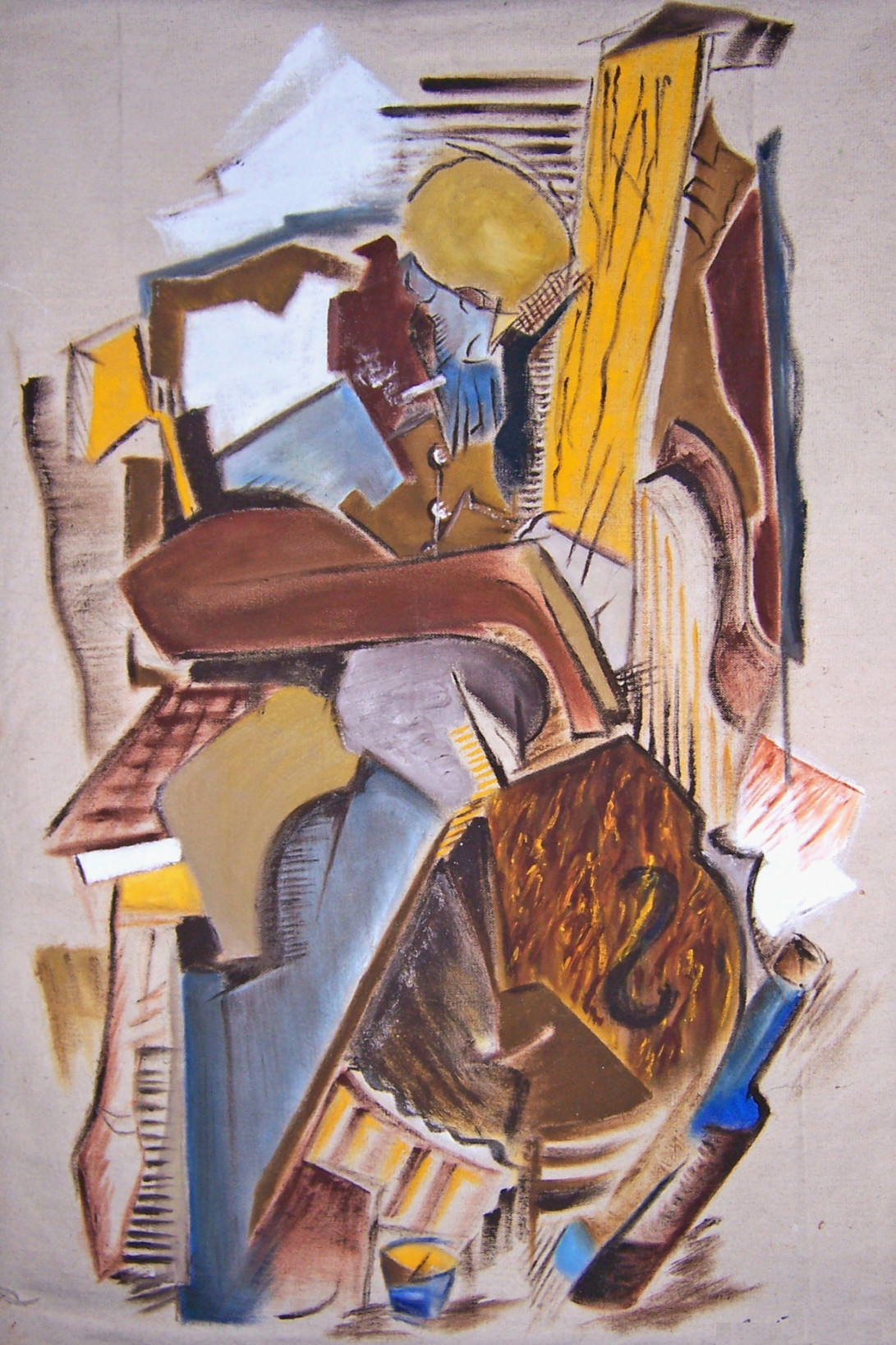Fragmented Harmonies: How Cubism Splits the Difference Between Sight and Sound
Most artworks I make fractures form, like jazz deconstructs melody, the planes splinter into rhythms, edges hum with dissonance. A saxophone’s wail becomes a jagged line; a bolero’s lament, a layered prism. Both art and music whisper: Truth isn’t whole. It’s a mosaic of glimpses.

Off-Beat Perspectives: Jazz’s Swing Meets Cubism’s Shattered Planes
Jazz syncopation defies expectation, just as Cubism rejects single-point perspective. A danzón’s pause and a canvas’s tilted plane—both. They startle the senses. Beauty lives in the unexpected, where shadow meets brass, and where geometry swings.

The Blues in Geometric Minor
Sorrow has angles. The blues bend notes; Cubism bends space. Call and response echoes in brushstrokes—a figure’s fragmented gaze answers the guitar’s cry. Art, like son music, stitches pain into patterns that move.

Improvisation in Pigment and Form
No rules, only rhythms. Afro-Cuban jazz spirals; Cubist lines collide. Both demand surrender to the moment, the material, and the madness. To create is to improvise by leveraging a dance with chaos, and a flirtation with form.

Now press play on Mingus Ah Um or Coltrane’s A Love Supreme and then try too.
Art, like jazz, isn’t made, it’s set free.
